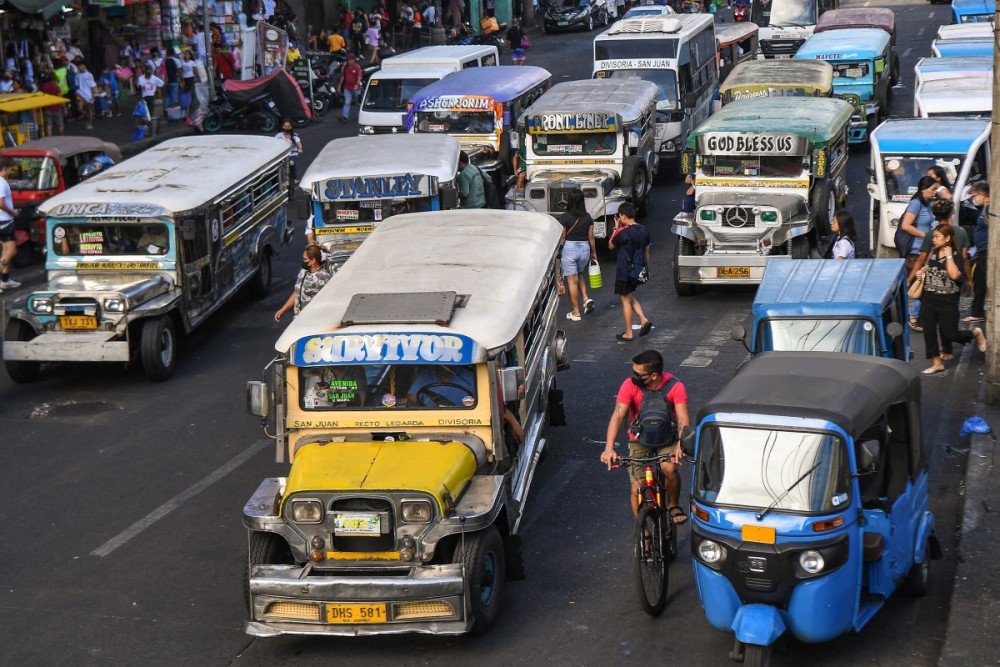Road-crash related injuries remain to be the top cause of death and injuries, especially among children and adolescents according to the DOH Online National Electronic Injury Surveillance System (ONEISS).
In 2023, 31.1% of the reported injuries were due to transport/vehicular crash.
It is even more alarming since there has been a consistent upward trend in the number of road crash incidents as motor vehicle usage and ownership increase.
The WHO states that road infrastructure has traditionally focused on motorized transport and economic efficiency but not so much on safety, particularly for pedestrians, cyclists, and commuters. Road infrastructure and urban planning that places pedestrian and cyclist safety first are among the most cost-effective interventions for better road safety outcomes.
This not only reduces preventable crashes and related injuries and deaths, but also makes our roads more accessible to all, improving access to transport and mobility for almost 90% of Filipinos who do not use cars.
The DOH is thus affirmed by its partners’ commitment, to pedestrians, cyclists, and other non-motorized vehicles (NMV) as the highest priority in the hierarchy of road users. The appropriation and investment of more than 5 billion pesos in the planning and implementation of active transport infrastructure is welcome progress, as active transport can mitigate the increase of non-communicable disease (NCD) conditions like diabetes and obesity, provide resilience to instability in fossil fuel prices, and empower Filipinos to pursue sustainable lifestyles against climate change.


